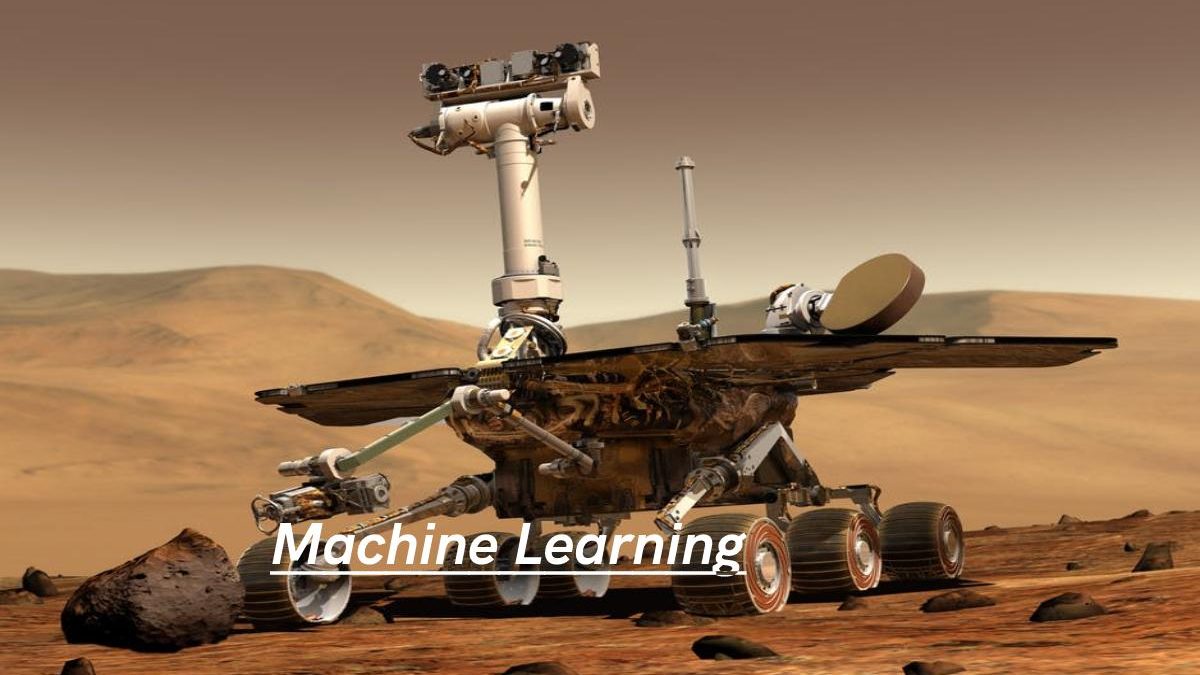Machine learning consists of three parts:
- The computational algorithm is located at the core of making determinations.
- The variables and functions that make up the decision.
- The knowledge base according to which the answer allows the system to learn (trains) is known.
Initially, the model is fed limit data for which the response is known. The algorithm is then executed, and adjustments made until the result of the algorithm (the learning) matches the known answer. At this time, the amount of data entered is increased to help the system learn and process a more significant number of computational decisions.
Table of Contents
Why is Machine Learning Meaningful?
Data is an essential part of every business. Decisions based on data analysis increasingly make the difference between keeping up with the competition or falling behind. But machine learning can be the key to solving the value of corporate and customer data and enacting decisions that keep the business ahead of the competition.
Machine Learning case Studies
Therefore learning is applied in all industries, including manufacturing, retail, health services and life sciences, travel and hospitality, financial services, energy, raw materials, and utilities. Case studies include:
- Predictive maintenance and conditional supervision
- Retail commerce. Upselling and Multi-Channel Marketing
- Health services and biological sciences. Disease identification and risk satisfaction
- Travel and hospitality. Dynamic Pricing
- Financial services. Risk analysis and regulation
- Energy demand and supply optimization
Machine Learning and Developers
When they start using machine learning, developers will rely on their statistical, probabilistic, and calculus skills to build models that learn more effectively over time. With strong skills in these areas, developers should have no problem understanding the tools that many other developers use to train modern ML algorithms. Developers can also decide whether or not their algorithms are supervise. A developer can make decisions and configure a model at the beginning of a project and later allow the model to learn without intervention from the developers.
The line between developer and data scientist is often a fine one. Sometimes developers synthesize data from a machine learning model while data scientists develop solutions for the end-user. Collaboration between these two disciplines can make machine learning projects valuable and valuable.
Recommendation Engines
Recommendation engines are essential for cross-selling and up-selling consumers and delivering a better customer experience.
Netflix rates the recommendation engine that powers its content suggestions at $1 billion per year, and Amazon claims its system increases annual sales by 20% to 35%.
Recommendation engines use machine learning algorithms to analyze large amounts of data and predict how likely a customer is to buy an item or enjoy a piece of content, and then offer personalized suggestions to the user. This creates a more personalized and relevant experience that encourages higher engagement and reduces churn.
Conclusion
However machine learning (ML) is the subsection of artificial intellect (AI) that attention to developing systems that learn or improve performance based on the data they consume. Artificial intellect is a broad term that refers to systems or machines that mimic human intelligence. Machine learning and AI are often referred to together, and the words are sometimes used interchangeably, but they do not mean the same thing. An important feature to note is that while all machine learning is AI, not all AI is machine learning.

